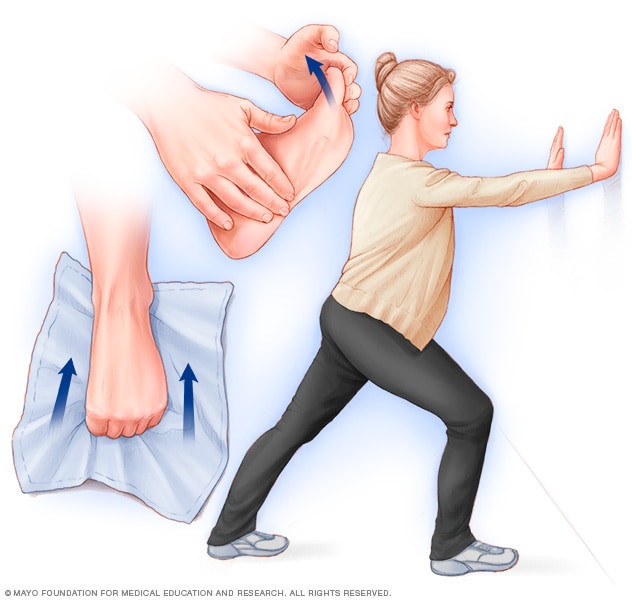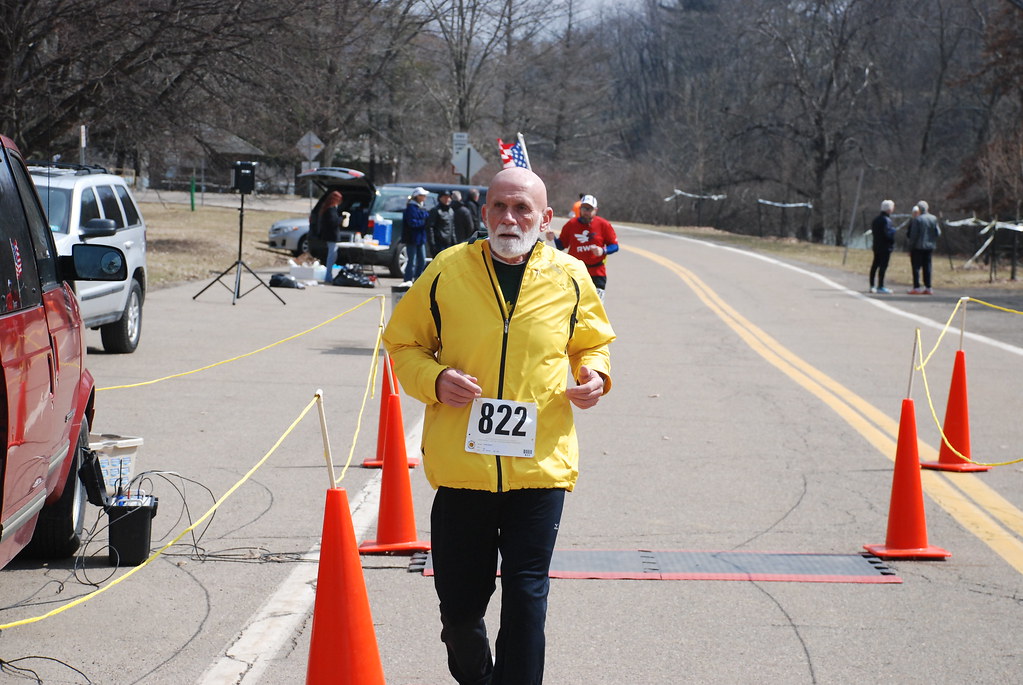Getting in
Getting into the NYC Marathon is hard. You can qualify by
time if you are a very fast runner; you can join through a charity if you commit to raise a minimum goal for them (e.g. the goal for
Team For Kids is $2,620); you can join through an international travel partner if you live outside the US; or join via sweepstakes. In my case I joined via sweepstakes. This was my second time participating in the sweepstakes. The fee for joining the sweepstakes was $11. There used to be a option in which if you joined the sweepstakes multiple years in a row you were guaranteed entry on the third year, that is no longer an option. I was very fortunate since supposedly only 11% of the people joining the sweepstakes got in 2015. This is the most expensive race I've ran, the entry fee was $255 in 2015.
Expo
I booked a hotel near Times Square months ahead. I was able to get enough points through a credit card offer, otherwise I would've paid between $200-$400 per night. I arrived to NYC on Saturday. The expo (
Javits Center) is within walking distance from Times Square. This was the last day of the expo and they close early that day (5pm). I got in around 4:30pm. The vendors' portion of the expo closed exactly at 5pm. I assume the bib distribution remains open for a bit longer, but do not know for sure, this is one of my biggest fears when running out of town: not getting to the expo on time to pick your bib.
Getting to the start line
Getting to the start line is a challenge. There are 2 transportation options offered: a direct bus taken from the NY Metropolitan Library or a ferry taken from the
Whitehall Ferry Terminal. I chose the ferry option because I would have to depart an hour earlier if I picked the bus. However there is no strict enforcement on the times assigned so in most cases you can switch at the last minute (at least that is what a fellow runner shared, he was able to take the bus instead of the ferry with no questions asked).
My assigned time for the Ferry was at 8:15am (my start time was 10:40am). I thought I had plenty of time. I left my hotel around 7:30am. I took the yellow line near Times Square and arrived outside the terminal around 8am. There was already a line, I was outside terminal for over 20 minutes and another 15 inside the terminal. Once I hopped on the Ferry it was about a 30 minute ride. I strongly recommend walking outside to take a look at the Statue of Liberty. It was very windy, but it's a great photo opportunity, don't miss it!

Once we got off the ferry, we had to wait in line for another 15-20 to hop on a bus. I got on the bus around 9:25am. I thought I still have over an hour, plenty of time. The bus ride took about 30 minutes, so I got off around 10am. The line in security was very short, I was finally inside the village around 10:05am. I was dropped on the green side of the village and after asking for information I learned that I needed to be inside my corral by 10:15am or else I would need to wait for the subsequent start at 11am. I ran to my Orange corral and made it just in time!
Brooklyn-Queens
You start off on the Verrazano bridge, this is the bridge that takes you from New Staton intro Brooklyn. It's the iconic picture that you see in most pictures for the NYC Marathon. It was long and steep, but it was also very crowded, so you can't really go fast in the first mile. There were also several clothes, gloves, hats lying around specially on the sides in spite of the many cloth donation containers available throughout the start area.
After the bridge you get into Brooklyn. The first few miles were packed even though there are parallel running groups that do not converge fully until around mile 8. From mile 2 through mile 13 you are within Brooklyn. There were water stations pretty much every single mile. At the time I was running, garbage was not being picked up and there were also no trash cans within sight, so every station was like a minefield of paper cups and consequently it was hard not to slow down through the stations.
What makes this Marathon unique in the world is the amount of people cheering, it's non stop! Most big city Marathon have large crowd support, but I'm pretty sure NYC beats most. Except for the bridges where people were not allowed, cheering was non stop, very impressive!
Queens-Bronx
Shortly after passing the half marathon marker you will be in Queens. Mile 14 goes around Queens, then came mile 15 which for me personally was the toughest part of the course, and I wasn't expecting it. Mile 15 goes entirely through a bridge, Queensboro Bridge, even though it does not show in the elevation chart, for me it felt like we were just going uphill, maybe it was because we were in the lower floor of the bridge and the fact that it is a mile long bridge, it felt like we were in there forever. Also there is no cheering in the bridge. The scenery on the first half of the bridge is great, you can seen One World Trade Center and the United Nations building. It is a great photo spot.

Once you are off the bridge, you are in Manhattan. The next 3 miles (16-19) take you through Manhattan heading North towards the Bronx on 1st Avenue. This is also mostly uphill so there is no much break after the bridge. However the crowd was nonstop along these miles. It is also a pretty wide avenue so that gives you more room to breath and to speed if you have the energy.

Mile 19 takes you into the Bronx, but only briefly for about a mile (mile 20). Mile 21 takes you back to Manhattan. Right around 130th street I saw a group of people cheering loudly for one of the runners, they even ran about a block with the runner. I thought that was a very special cheering group from what appeared to be the runner's family and close friends. Then I noticed other runners taking pictures with the runner. Once I approached her, even though I was not entirely sure, I thought that must be Alicia Keys. I had
read that she was running the Marathon. I later confirmed it was indeed her! She finished around 5:50.
Finish
Right after mile 22 you get into Central Park, but then you get into mile 23 which I knew from the elevation charts, it was going to be one of the toughest ones, and indeed it was. The last 2 miles were tough, but the crowd support literally carries you through the finish line. I finished at 4:51. This was my 6th Marathon and it was my second worst time. The only other worse time was my first Marathon (4:58). Even though I was not expecting to do this bad, I'll take it anytime, it was a priceless experience! I would love to be back if I get another chance in the future!


































